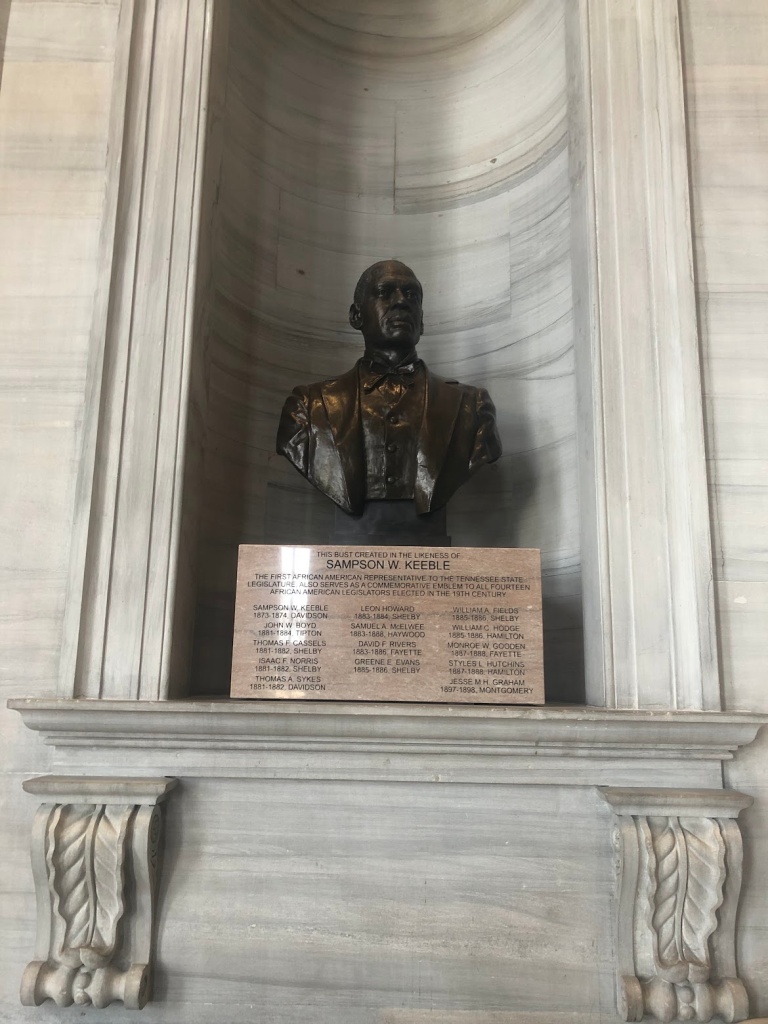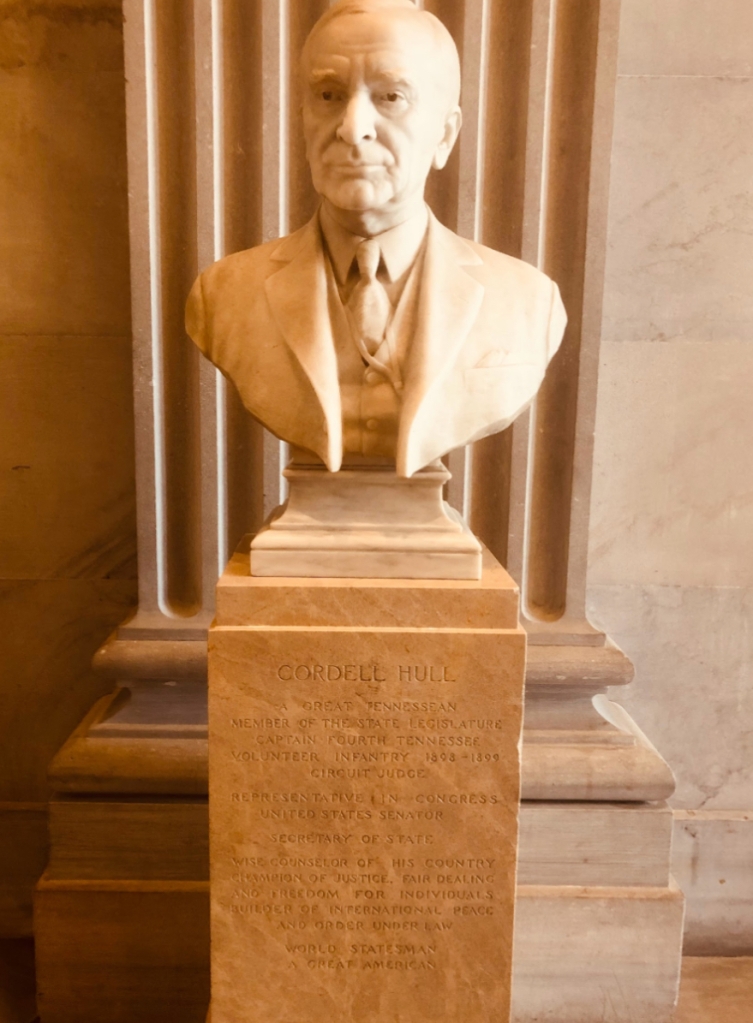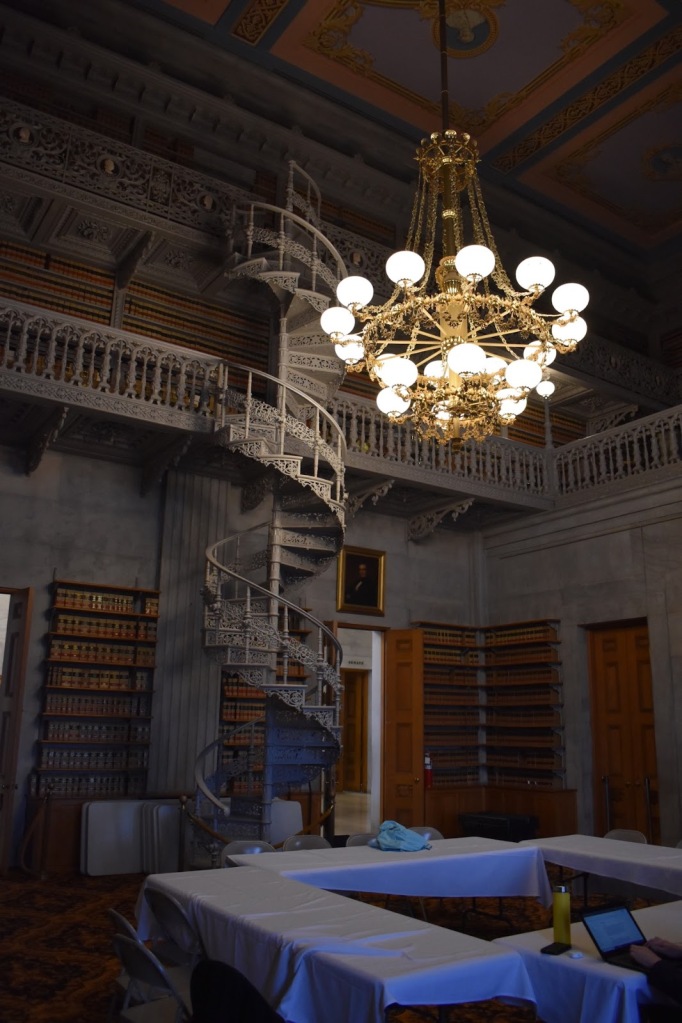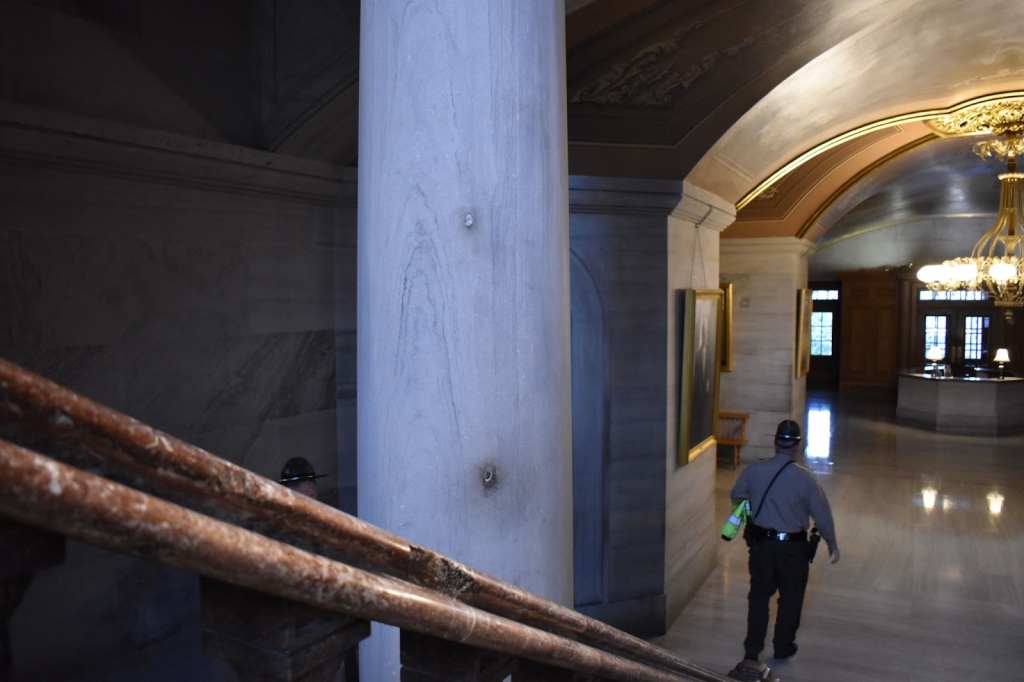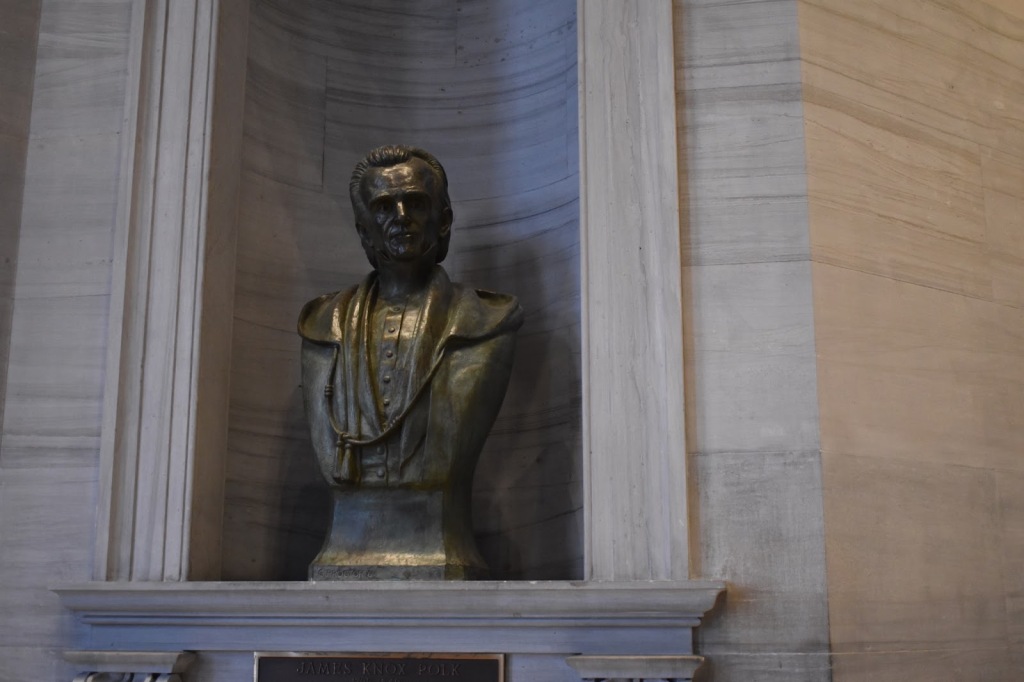Written by Alianna Jones
Last night, I had the honor of attending and doing a bit of press mischief at the Midnight Crisis. Governor Mark Nashi and his cabinet seemed quite confident going into the event, hoping to put their brains and extra money in the budget together to be done in 30 minutes. Spoiler alert: they were not, in fact, done in 30 minutes. So strap in because this whole meeting was a long and wild ride.
All seemed to be going well until we were informed of a sudden emergency. The Fontana Dam, located in North Carolina, which provides power to around 228,000 Tennesseans had ceased to function unexpectedly. The dam reported no signs of physical damage and had been operating normally just before. To make the situation worse, temperatures were dropping, on their way to freezing, and the hundreds of thousands of citizens without power would not be able to keep warm.
The team launched themselves into research, trying to find out all they could about how they could get the dam back online. Some questionably helpful ideas about how to help the powerless citizens were also thrown out at this time, with some notable options being building fires fueled by cash to keep people warm or simply “blankets.”
As the research progressed, speculation about the cause of the dam’s failure arose. Some thought that there could be unnoticed damage, while others suggested that overtopping had occurred, causing water to rise over the dam. Governor Nashi believed that the reason for the failure was a cyberattack, citing the lack of physical damage and the suddenness of the entire situation.
Governor Cab had a strong idea of what might have caused the dam to fail, so they decided to shift their focus toward helping the affected people. They started looking into solutions like temporary housing to provide immediate assistance. However, their plans were disrupted when the mayor of Oak Ridge, Mayor Gooch, informed Governor Nashi that the outage was caused by a ransomware attack. To make matters worse, they discovered that the source of the attack was an email sent by Chief of Staff Ella Kate Harris, which Governor Nashi had opened.
The attackers demanded a hefty sum of 75 billion dollars to halt the cyberattack. They promised to restore control over the Fontana Dam and power to the affected Tennesseans if 35 billion dollars were paid immediately. However, the cabinet discovered that they could not afford to buy their way out of this attack. They decided to focus on cybersecurity and work towards shutting down the attack.
Up until this moment, I had been taking note of the action of the cabinet, already constructing my story. Unfortunately, the cyberattack had another nasty surprise in store: it was about to take down all the cellular devices in the room. I was left without my trusty notes page and voice memos filled with quotes and observations from the meeting; I would have to resort to stolen paper and a pen I scavenged from the ground, truly a modern journalist’s worst nightmare.
More importantly, the devices of all the commissioners, the chief of staff, and the Governor no longer worked, bringing all research and planning to a halt. We were informed that the attacker(s) demanded 7 billion dollars to regain the use of the devices. This left Governor Cab in a dilemma over whether it was wise to pay the ransom or to prioritize the needs of the people of Tennessee who were facing power outages. During this period of frustration and stress, Governor Nashi began making statements such as “I don’t care about Tennesseans, I just want my devices back.” (It should be noted that the Governor has since attempted to explain these comments.) Several commissioners pointed out how sending money to the attacker(s) to get their devices back might be a bad look, especially with Tennesseans without power or access to emergency communications. While locked in this debate, Gov Cab considered other possible methods of communication but eventually decided that sending out homing pigeons was not viable and that it would be in their best interest to buy back access to their devices.
“Maybe the real 7 billion was the friends we made along the way.”
Hunter Bailey, Commissioner of Human Resources
The Governor and his team declared a level two state of emergency after the power outage affected a large number of people. They hoped to receive 40 million in funds from FEMA to assist. However, the application for federal assistance was denied, and they decided to look for other options.
An update came in: the people affected by the outage are freezing and protests are beginning to form, demanding action be taken by their mayor, Warren Gooch of Oak Ridge, who was requesting advice from the Governor as to what should be done. They did not advise the mayor and returned to researching possible shelters, planning to use emergency shelters in schools across Oak Ridge with volunteers to help guide people to the shelters. The National Guard was also called in, assigned to aid in the transportation and guiding efforts into the shelters.
Governor Nashi then received a call, in which he was informed that Mayor Gooch had begun calling for his resignation, and that people were angered by the comments that I and the rest of the press had published. Oops (we’re not sorry.) The cabinet then decided to follow up their previous controversial statements with even more, with one commissioner crying out, “Let them be cold, just give them a box,” when stressed about the potential costs of running emergency shelters. Finally, the cabinet has begun to take real action, finding suitable shelter for citizens and funding several programs—SNAP, WIC, and Medicaid—by executive order, completely bypassing the legislative branch.
Despite this, the dam remained without power and emergency communications were down for over two hours. When a commissioner was made aware of the potential danger for citizens without access to emergency services like 911, they admitted to having forgotten about it.
Finally, after a long night of effort, pizza, and yelling, a second application for federal aid was approved, and FEMA assistance got power back to Fontana Dam and emergency communications functions. Governor Nashi issued a press statement, in which he explained the actions taken by the team to solve this crisis, and tried to make amends for the comments made by himself and his cabinet, claiming that they were “taken out of context.”
We eagerly await the Governor’s next moves as he deals with Mayor Gooch’s call for his resignation, a government proven to be vulnerable to cyber attacks, and citizens outraged over the funding of controversial programs without input from the House and Senate.

